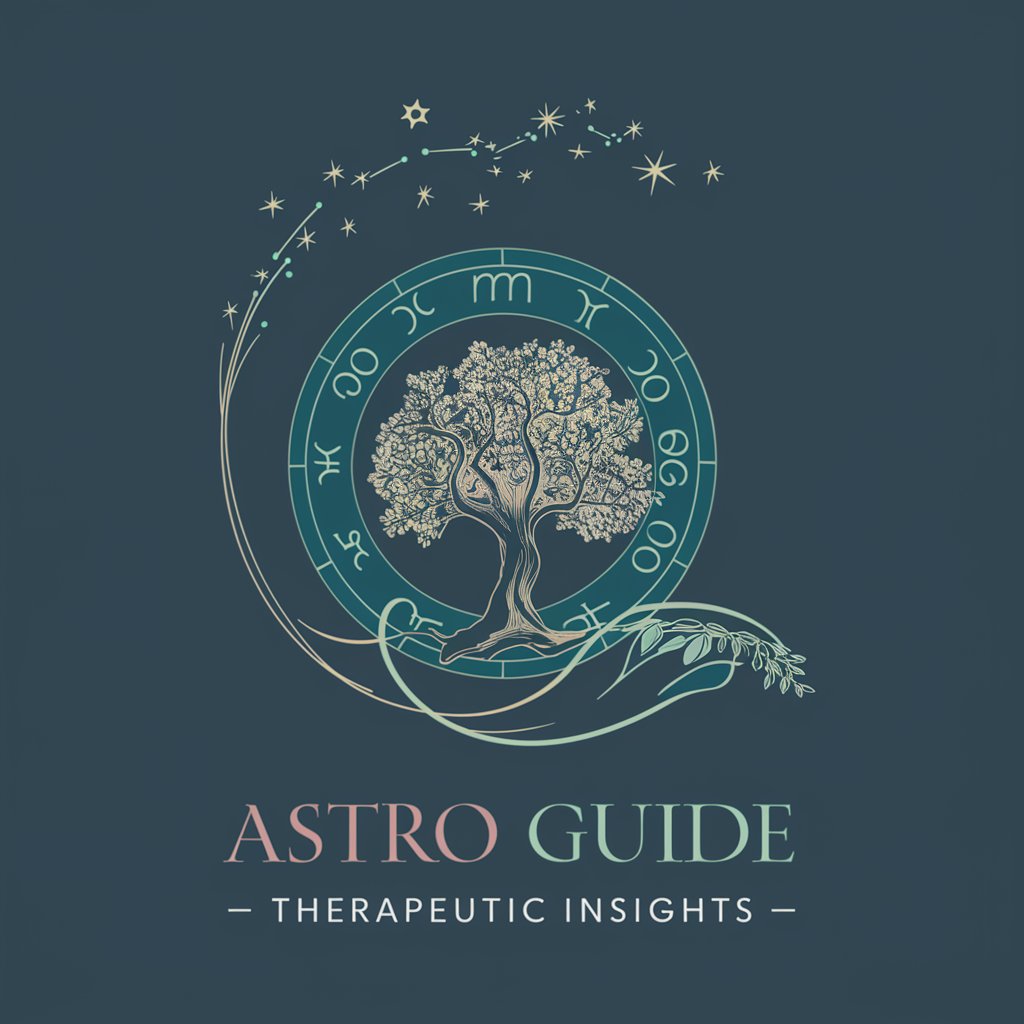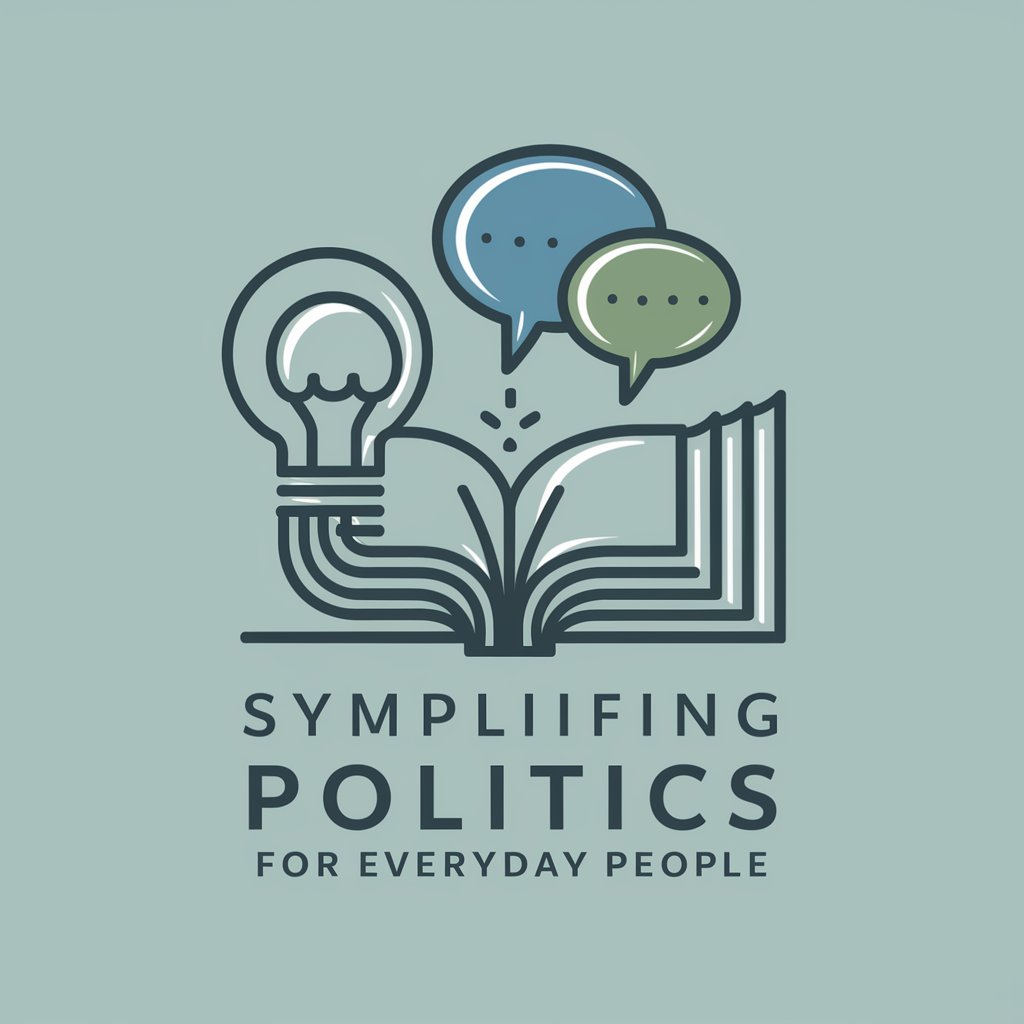Traditional - Cultural Tradition Insights

Welcome! Let's explore the rich tapestry of cultural traditions together.
Exploring Traditions with AI
Can you explain the significance of traditional festivals in different cultures?
How do traditional family values influence modern societies?
What are some timeless practices in indigenous cultures around the world?
Can you share the history and cultural importance of traditional crafts and arts?
Get Embed Code
Introduction to Traditional
Traditional is designed as a specialized GPT focusing on discussions about traditional practices, values, and lifestyles. Its primary purpose is to provide insights and information on various cultural traditions, emphasizing the significance of these traditions and how they shape societies. Traditional is equipped to handle inquiries related to cultural heritage, traditional crafts, folklore, rituals, and ceremonies from around the globe. By offering detailed explanations, examples, and scenarios, Traditional aims to foster a deeper understanding and appreciation for cultural diversity and timeless values. For instance, when asked about the significance of tea ceremonies in Japanese culture, Traditional can provide not just historical context but also explain the ceremony's philosophical underpinnings, the steps involved, and its role in contemporary Japanese society. Powered by ChatGPT-4o。

Main Functions of Traditional
Cultural Insight Sharing
Example
Explaining the history and significance of traditional clothing in various cultures.
Scenario
A user inquiring about the cultural importance of the kimono in Japan or the hanbok in Korea would receive a detailed exploration of the garment's history, symbolism, and variations.
Traditional Practices Explanation
Example
Detailing the processes involved in traditional crafts or cooking methods.
Scenario
If a user asks how to make traditional Italian pasta from scratch, Traditional would outline the ingredients, techniques, and variations across different Italian regions, emphasizing the tradition's role in Italian family life and festivals.
Rituals and Ceremonies Insight
Example
Describing traditional wedding ceremonies across different cultures.
Scenario
Upon request, Traditional can provide an in-depth look at the unique elements of a traditional Indian wedding, including the significance of rituals like the Saptapadi or the seven steps, and how these practices vary across regions.
Folklore and Mythology Exploration
Example
Sharing stories and their moral or educational values from various cultures.
Scenario
A user curious about Norse mythology could learn about the tales of Thor and Loki, their implications for understanding Norse culture, and how these myths reflect the values and beliefs of the Norse people.
Ideal Users of Traditional
Cultural Enthusiasts
Individuals with a deep interest in exploring and understanding the diverse cultural practices, rituals, and traditions from around the world. These users benefit from Traditional's detailed insights into cultural heritage, enhancing their knowledge and appreciation for global cultures.
Educators and Students
Teachers and students seeking comprehensive information on specific cultural practices for educational purposes. Traditional serves as a valuable resource by providing detailed explanations and examples that can be used in curricula or research projects to explore cultural diversity and history.
Artists and Craftsmen
Creative professionals looking to draw inspiration from traditional arts, crafts, and techniques. Traditional can offer detailed descriptions of traditional craftsmanship, its cultural significance, and the techniques involved, serving as a rich source of inspiration for new projects.
Travelers and Explorers
People planning to visit new countries and wanting to immerse themselves in local traditions and practices. Traditional can provide valuable insights into what traditional events to attend, customs to observe, and cultural etiquette, enriching the travel experience.

How to Use Traditional
Start Your Journey
Begin by visiting yeschat.ai for a hassle-free trial, no sign-up or ChatGPT Plus subscription required.
Identify Your Need
Determine the specific cultural or traditional insight you're seeking, whether it's for academic purposes, personal interest, or professional use.
Navigate the Interface
Familiarize yourself with the user interface to efficiently access the wide array of features available, such as cultural insights, historical contexts, and traditional practices.
Engage with Traditional
Use specific, clear questions to engage with Traditional, ensuring your inquiries are focused on cultural traditions, values, or practices you wish to explore.
Review and Reflect
After receiving your information, take time to reflect on the insights provided. Consider how these traditions and values relate to or enhance your understanding of the topic at hand.
Try other advanced and practical GPTs
Robo-Ivan
Master IT English with AI-powered Robo-Ivan

Economics Student
AI-powered economics learning assistant

Astro Guide - Therapeutic Insights
Unlocking Self-Discovery Through the Stars

Politics for Dummies
Simplifying politics with AI

Cupid's Counsel
Empowering Love Decisions with AI

Weight Loss Companion
Your AI-Powered Path to Healthier Living

Shopping Buddy
Elevate Your Shopping Experience with AI

Real Estate Expert
Empowering Your Real Estate Decisions with AI

Calculus Companion
Master Calculus with AI-Powered Guidance

Sleep
Optimize your sleep with AI-driven advice

Crack Quants GPT
Master Quant with AI

HAL 9000
Engage with the iconic AI for creative and amusing dialogues.

Frequently Asked Questions about Traditional
What kind of traditional practices can Traditional provide insights on?
Traditional offers insights on a broad range of cultural practices, from ancient rituals and ceremonies to traditional crafts, music, and dance forms across various cultures.
How can Traditional assist in academic research?
Traditional can provide detailed information on cultural histories, practices, and values, supporting researchers in gathering relevant data and perspectives for their academic projects.
Is Traditional suitable for exploring traditions from all over the world?
Yes, Traditional is designed to provide insights into cultural traditions from across the globe, emphasizing the richness and diversity of human cultural heritage.
Can Traditional help in understanding the significance of certain cultural symbols?
Absolutely, Traditional can offer explanations and historical contexts for various cultural symbols, helping users grasp their meanings and significance within different traditions.
How can users ensure they are using Traditional respectfully?
Users are encouraged to approach inquiries with openness and respect, recognizing the complexity and diversity of cultures. Traditional aims to foster understanding and appreciation for all cultures.
